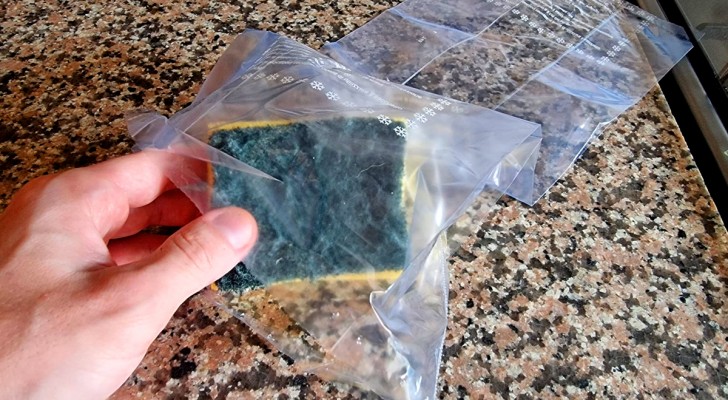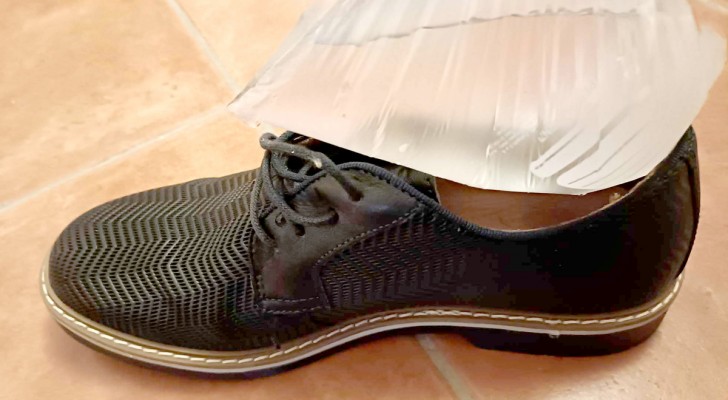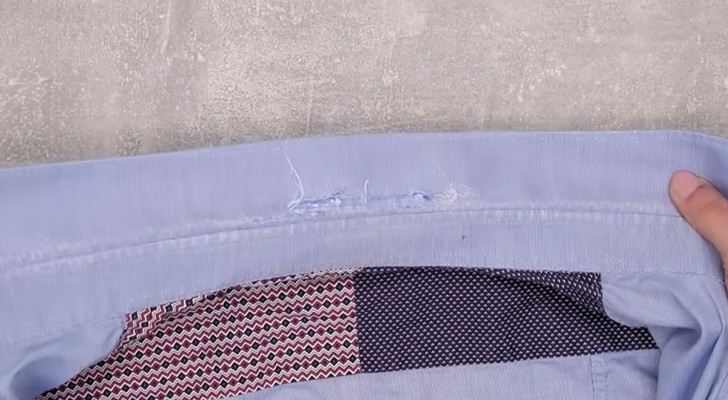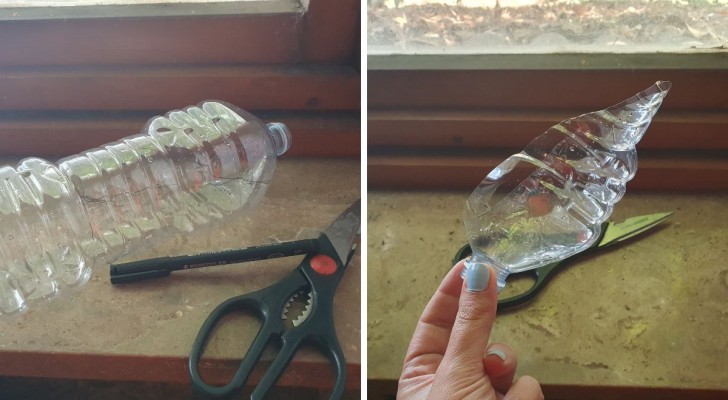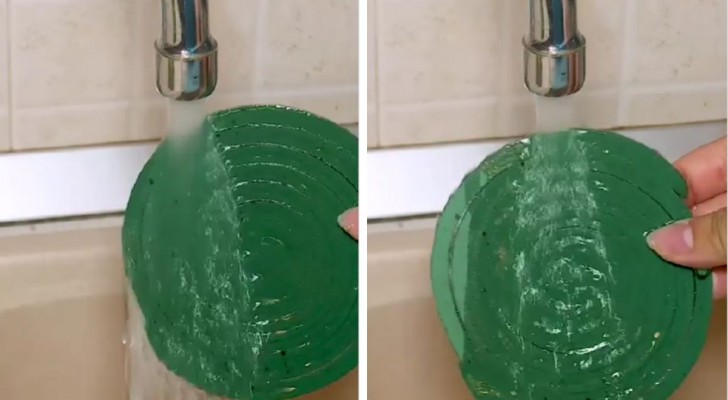7 DIY ways to effectively sharpen scissors at home
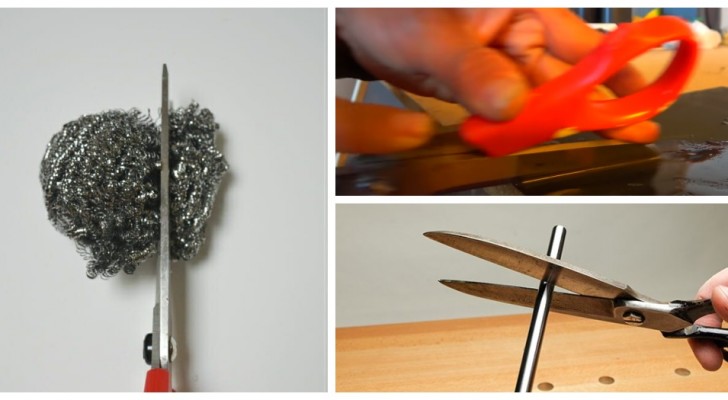
Having a pair of scissors that don't cut properly is really frustrating, but luckily, the solution is simple. Indeed, there are a number of solutions! And these are very simple solutions you can perform at home. And these solutions can restore the cutting edge to even very blunt scissors.
Tinfoil and other commonly-found products in the home can be used to sharpen scissors and return them to proper functionality. Read on to find out about the DIY methods you can use:
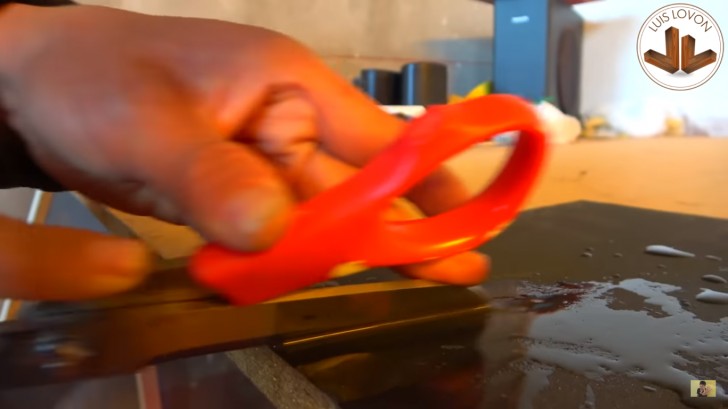
Video tutorial via Luis Lovon/YouTube
A less well-known, but very effective method, is the one that involves the use of sheets of water-based sandpaper, also known as bodywork sandpaper, because it is used to sand vehicles prior to being painted. It is "water-based" because it actually needs to be wet when used.
To use this sandpaper on scissors is very easy: All you need is a supporting surface, and a sheet or two of this type of sandpaper. 240-grit is used first, then 400-grit to hone the edges. The important thing is that the supporting surface is perfectly flat as the sandpaper is fixed to it (using drawing pins or a nails).
Wet the sandpaper with a little water and then, place the blade at the normal cutting angle, moving it up and down on the sandpaper without changing the inclination. The longer you do this (even up to an hour, if necessary), the sharper the blades will be. Spend the last few minutes of the process using the finer-grained sandpaper.
Some other methods to try:
- Use a metal object, such as a screwdriver or a similar metal rod. You need to move quickly from the top to the bottom of the blades (and vice versa), as if you are trying to cut through the metal. Turn the scissors around and repeat the process to sharpen both blades.
- A sharpening stone: this also involves the use of water. In fact, the stone should be immersed in water for 7-10 minutes and then the blades are honed on it until you are satisfied with the result.
- Using sheets of tinfoil, or sandpaper: this is the most well-known method. When the blades begin to lose their edge, you can cut into tinfoil or sandpaper (best if of fine grit), and you will notice a big difference.
- In a similar way, you can cut up an old metal sponge (like those used to scour pots and pans)!
Have you ever tried these methods?

